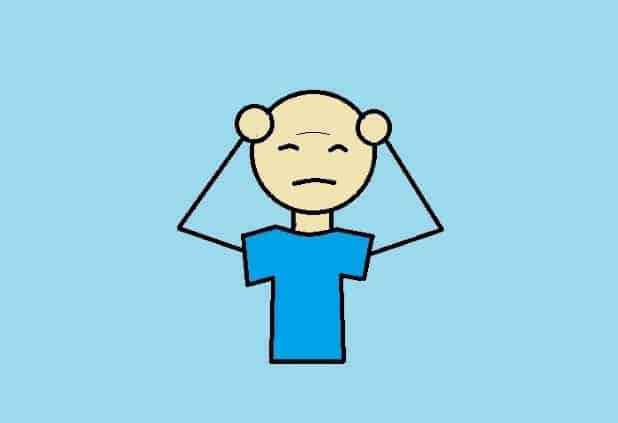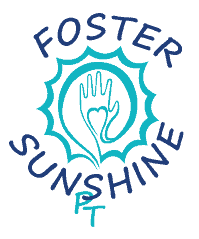
I have become increasingly aware of the prevalence of anxiety and panic attacks in those around me. In talking with these individuals who experience panic attacks, both friends and patients alike, the relevance of this topic has been staring me in the face.
As a society, we have had a heightened level of anxiety over the past couple of years. Between economic stress, war, ongoing health concerns, and all the other cultural stresses facing us, this doesn’t appear to be going away anytime soon.
Given the interconnectedness of our bodies and its systems, we know that stress and anxiety can impact our health, and vice versa. As physical therapists, we can only expect that we will face this in one way or another in our patient care, and we should always be looking at the whole picture.
While the physiology of a panic attack is different than that of anxiety, the two can be related. Increased anxiety can make a panic attack more likely. For a lot of people, there are known triggers. On the flip side, others will frequently report that a panic attack will happen “out of the blue” or on a day “just like any other day” with no clear trigger.
What does it feel like to have a panic attack?
I have learned that the response to this question is just as varied as the individuals who experience anxiety and panic attacks. One woman I spoke to described her panic attacks as “waves of fear” washing over her. Other signs and symptoms can include:
- Chest tightness
- Back tightness
- Heart racing
- Light-headedness
- Weakness
- Hot flashes
- Shakiness
- Sweating
- Numbness/tingling
Adrenaline spikes during a panic attack, as it does during our sympathetic fight-or-flight response. After the panic has resolved, many people will feel fatigued and sore. Some have a migraine-level headaches.
What are some known triggers?
Phobias
These would be the expected things that cause many of us anxiety: crowds, heights, public speaking, flying- whatever may strike fear. This type of anxiety is mostly situational, and, hopefully, short-lived.
Dehydration
I explored all the potential health conditions caused by dehydration last month. I have also previously explored the strong connections between our physical and emotional well-being.
When dehydrated, the body is under stress. Stress can create feelings of depression and anxiety and can trigger panic attacks.
Additionally, dehydration can cause symptoms that mimic those of a panic attack: increased heart rate, fatigue, and feeling faint. The experience of these symptoms can create actual panic.
Hunger
As with dehydration, hunger, or not having enough sugar or nutrients in our body can cause stress to our system. From the starting point of stress, the result is the same.
Nighttime/Darkness
In the dark, it is too easy to imagine threats that may await us. When you cannot see, the other senses become heightened, and every noise becomes more significant. Anxiety and fear can ramp up, and maybe even panic.

People will also report waking up in a panic attack.
History of trauma/concussion
Head trauma can create overactivation of the anxiety system and sometimes doesn’t settle back to baseline. This is particularly true with any vestibular or oculomotor involvement, as neurological symptoms can take longer to resolve.
Aside from physiological symptoms, there is the inherent fear that results from any trauma, always worrying about possible threats. The physical trauma and the fear create a double-whammy of increased anxiety.
Lack of Control
Panic can be provoked when someone feels like they are in a situation where they have no control, whatever that may look like (the possibilities are endless). In some cases, they may then avoid situations where control is not certain. These situations could include seeking medical care.
What do we do to help manage anxiety and panic attacks?
Management strategies are individual, as is any treatment plan with our patients. What works for some may not work for others, and it may be a combination of strategies to manage symptoms. If you find yourself faced with anxiety or panic in your patients, or believe it to be a contributing factor to their symptoms, take the opportunity to educate them on some strategies that may help.
Ensure proper nutrition & hydration
Keep snacks and water available at all times.

Create a plan
Take steps to control what you can. Bring your car to the social even so that you can leave when you want. Drive a route in advance to familiarize yourself with the roads. Tour an unknown facility. Figure out what you can do to make life events more predictable.
Manage stress and anxiety
Slow down, take breaks, meditate, exercise- find what works to calm the system down. For some, this can include a mindful focus on the things around you. For others, it may be to seek silence, space, and light. We all have our happy place, our comfort zone that relaxes us. Help patients identify what that is for them.
Cognitive Behavioral Therapy
CBT has proven effective in treating anxiety.
Medication
Prescribing or recommending medication is out of our scope of practice, but refer patients to speak with their doctor if they are struggling to manage anxiety and panic on their own.

Recent Comments